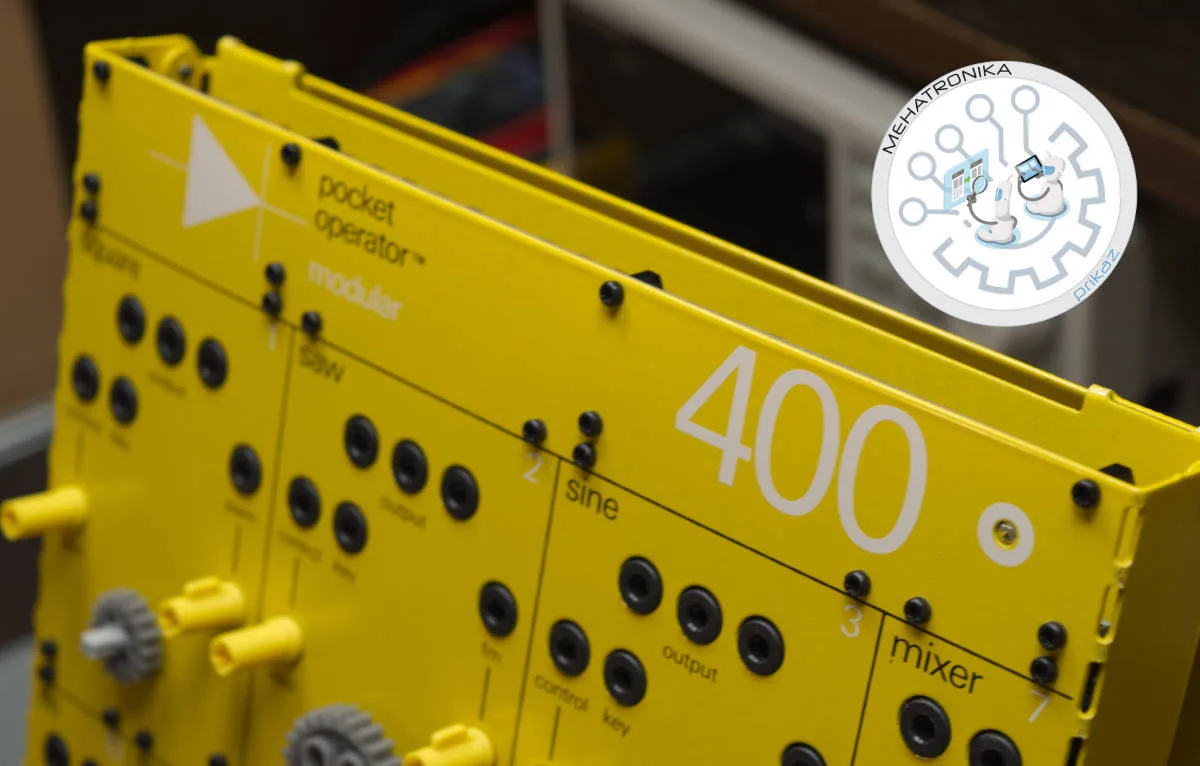teenage engineering pom-400 and pom-16
The Pocket Operator Modular is the first foray into the analog domain for teenage engineering, and it's a brilliant show of their design and craftsmanship with just a few tiny drawbacks here and there.
Pros
- Warm sounding, pure analog oscillators
- Self-oscillating high-pass filter
- Battery or wall powered
- Great instructions and easy assembly process
- Huge amount of sequencing power (POM-16)
Cons
- Somewhat fiddy oscilator tuning
- Underwhelming built-in sequencer (POM-400)
- Membrane keyboard could feel a bit nicer (POM-16)
- Some steps during assembly feel a bit fiddly
We’ve already talked a bit about the musical capabilities of the new modulars, but let’s give them a bit of a technical look.

First, the oscillators produce pretty clean signals, all at 4 V peak-to-peak (±2 V). The saw has some tiny inconsistency in its output, but it’s nothing worth noting too much. The oscillators are 1 V/oct, which pretty standard. Of course, these are all true analog oscillators – so they do require some warming up before they are able to accurately retain their tuning and to precisely track. The filter, being a self-oscillating one is capable of introducing quite a bit of ringing into any signal fed into it – including white and saw noise! A mix of white noise with a clever use of an envelope as filter control made for some lovely wind noises with the self-oscillation pulling off lovely high harmonics. It was also possible to bring out the entire range of singular overtones, allowing for some pretty unique sounds.
Any filter is a positive-feedback circuit if the feedback (resonance, in the world of synths) is high enough. For example, a four pole filter would shift the phase of frequencies at the cutoff frequency a full 360 degrees, but signals even slightly above and below the cutoff will be out of phase. This causes the cutoff frequency (or the harmonic of the fundamental closest to it) to additively resonate, making it much louder than the rest of the signal. Such filters were, at one point, considered undesirable due to signal attenuation at higher feedback settings, but the interesting characteristics of their sound made them valued nowadays. Rarely are such filters seen on compact, simpler synths, but they really do expand upon the sonic possibilities.
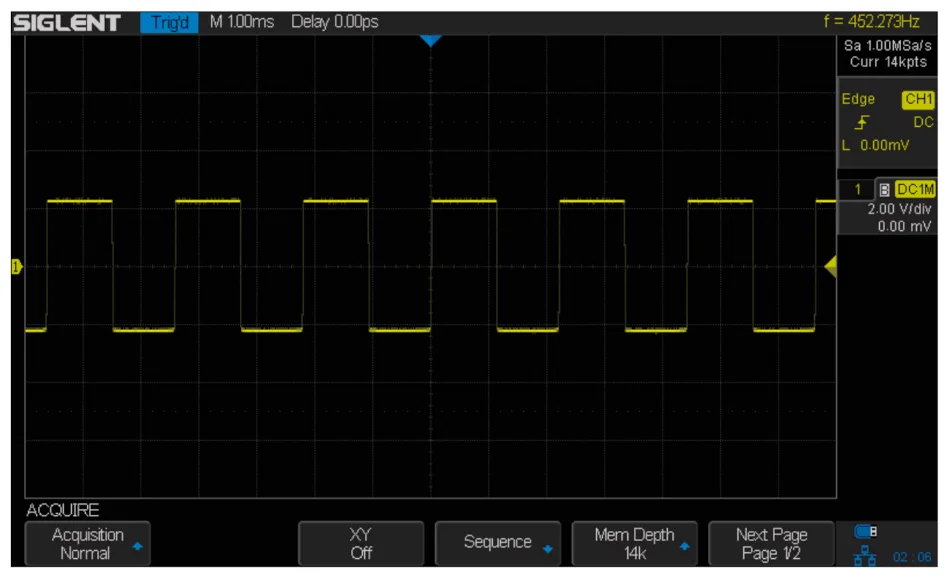
Sawtooth oscillator
Sine VCO harmonically oscillating in phase with the filter
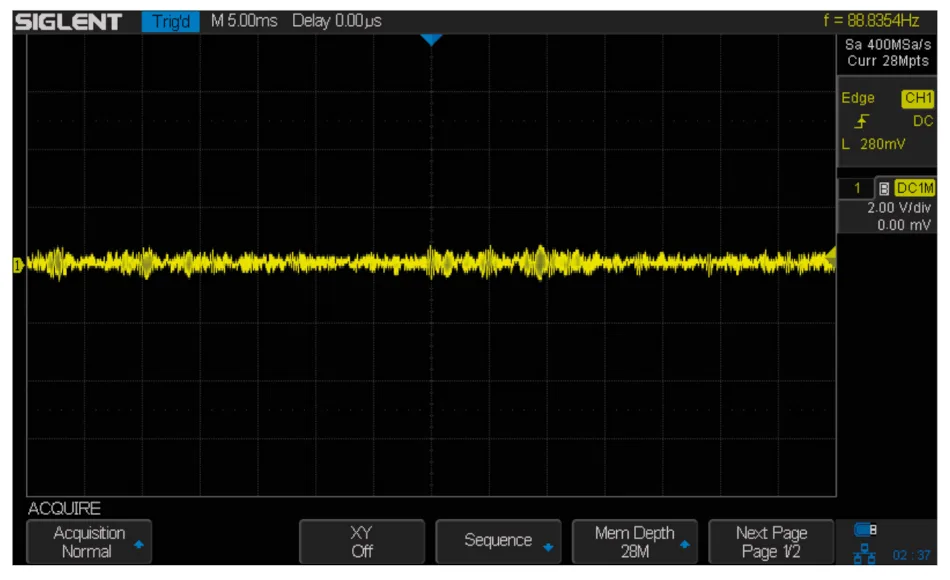
In cases where the fundamental and the self-oscillation’s frequency matched, we got some high-volume harmonic oscillation, where signal voltages reached over 8 VPP. This is again standard for such filters, but it’s still a thing to watch out for.
The filter’s analog components do show themselves pretty clearly in fast parameter changing, as the high capacitance of the circuit clearly “drags” waveform changes behind, giving all filter sounds a smooth, homogenous warmth.
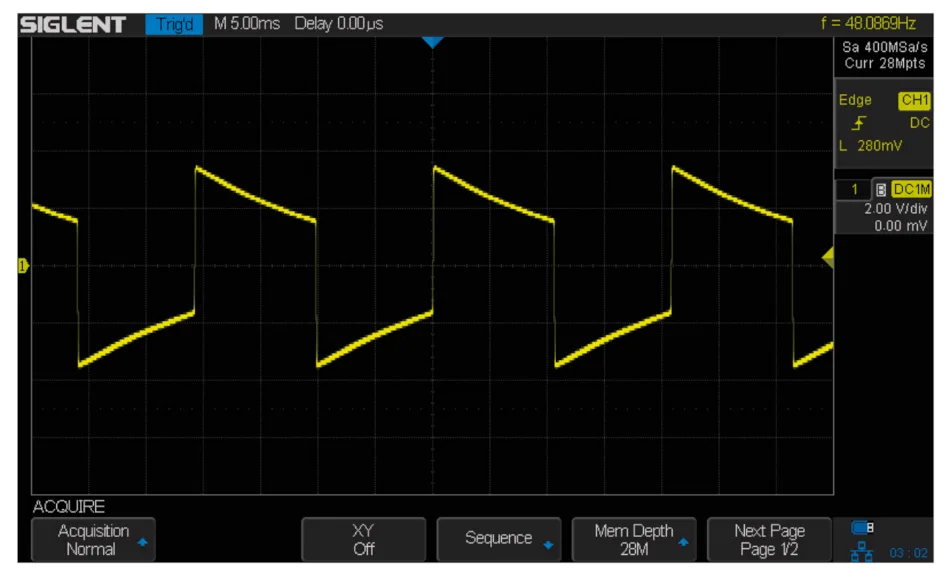
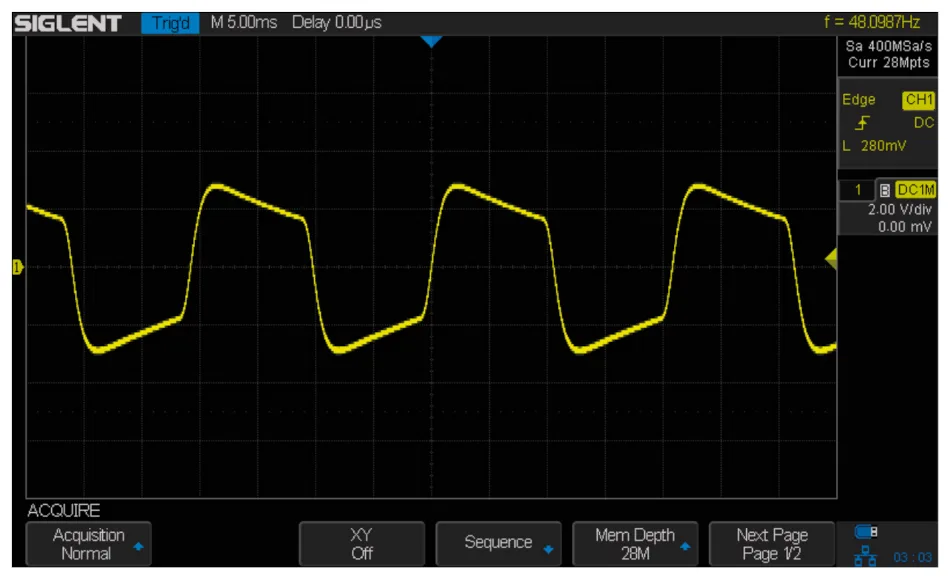
Maximum ringing as introduced by the filter

The envelopes are pretty standard and of the ADSR type. The gating voltages the system uses are all 5 V, so the trigger for the envelope expects that as well. A few measurements of the output signal give us a good idea of the relative flexibility of each of the regions in an envelope cycle (attack/ decay/ sustain/ release). Attack, decay and release (though sustain at maximum does take the edge slightly off the attack speed, even if other parameters are all zeroed) can have extremely quick, almost vertical cutoffs, but attack and release could use a bit longer maximum cutoff times. Pad-type sounds are still possible, but the system’s envelopes shine way more on punchier, quicker sounds.
Going back up to oscillators, their tuning is extremely broad – all the way down from 1-2 Hz up to 12 kHz and higher. This is an very wide range for a default 0 V signal, as most synths don’t allow more than 12 semis of detuning, if that much.
The LFO can go high into the audible range, giving us the impression that its internal design is very akin to those of the main VCOs, perhaps with differently trimmed pots to give greater control over lower ranges.

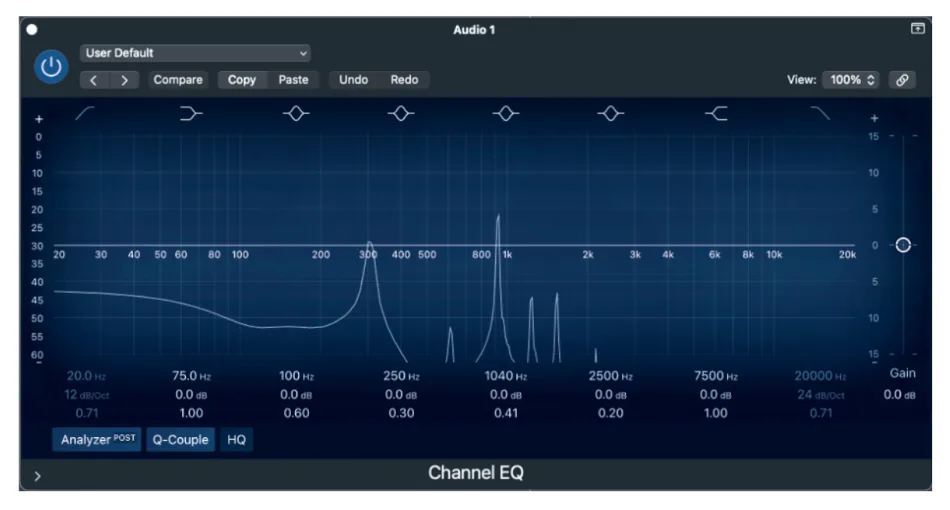
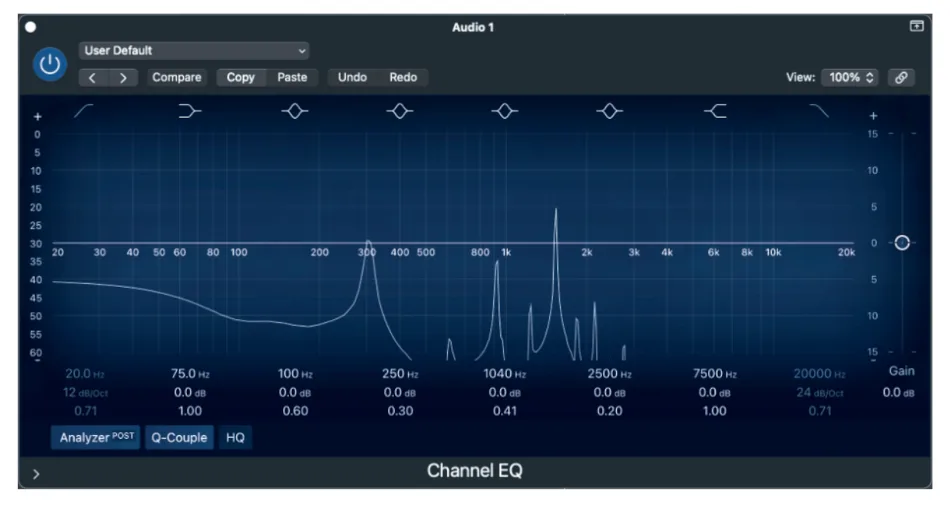

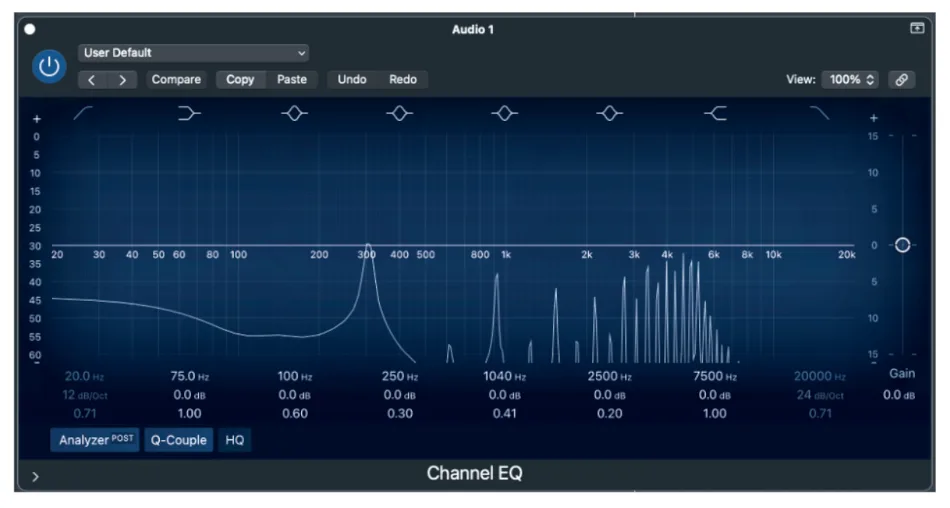
Tracking on the POM-16 is accurate, at close to 0V for the membrane key labelled “1” (there’s some negligible drift, but the V/oct relative specification is pretty good). Each octave after is exactly a volt apart, as you’d expect, up to a maximum of four octaves – impressive for a device powered by AAA batteries.
The battery life is not great on the POM-400, but given that the modules are constantly powered during operation, and that they constantly generate their respective waveforms, it’s not impossible to see why. A regular set of alkaline batteries lasted us about 5-6 hours.
Once properly tuned, the tiny synth can make some amazing harmonies – we’ve recreated a tiny major cadence using the POM-400 and a piano – and the results were clean and great-sounding. An additional off-key sine sweep was added as a bass-line, which we felt captured a chunk of the essence of modular systems.



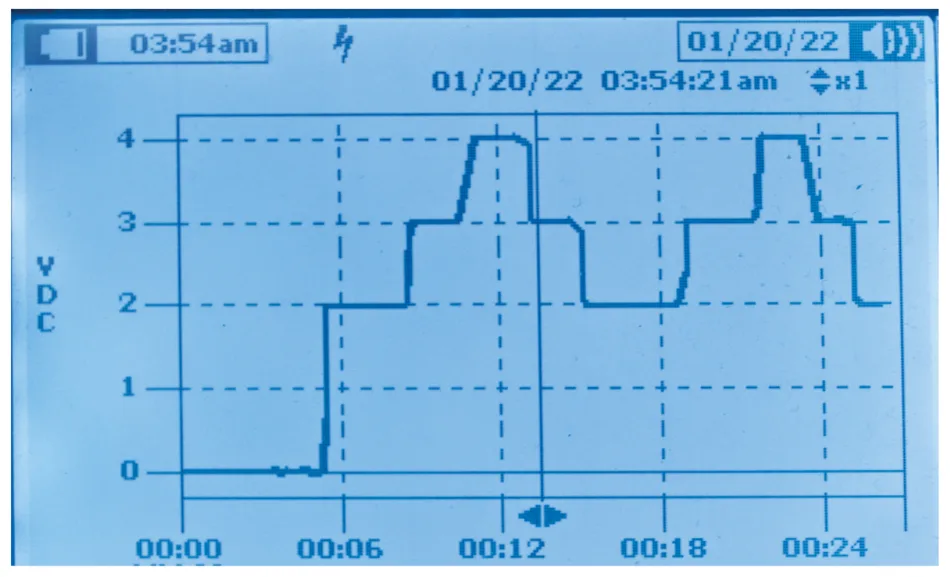
The other sound demos we’ve prepared include a little synth-only loop, the aforementioned wind-noise patch, and two filter overtone demos.
After playing around with it for a while, the POM series really grew on us. There’s a lot of fun, quirky behavior under the hood and there’s a ton of power, as well. It’s clear that the modules and their selection have been well though out and that, while in some aspects limited, the true capabilities of this synth are much higher than its looks might suggest. It’s a strikingly stylish system with a big, bold sound, offering all the tools for modular beginners and enthusiasts alike. The POM-400 is currently available for 599€ and the POM-16 is available for 239€, and individual synth modules are available from 29€ at teenage engineering’s storefront.
Sound demos

https://www.gomodesign.rs/muse/Synth_Demo_A.mp3
https://www.gomodesign.rs/muse/Synth_Demo_B_Clean.mp3
https://www.gomodesign.rs/muse/Synth_Demo_B_Piano.mp3

https://www.gomodesign.rs/muse/Synth_Wind.mp3
https://www.gomodesign.rs/muse/Synth_Square_Harmonics.mp3
https://www.gomodesign.rs/muse/Synth_Sine_Harmonics.mp3
More informations: https://teenage.engineering


